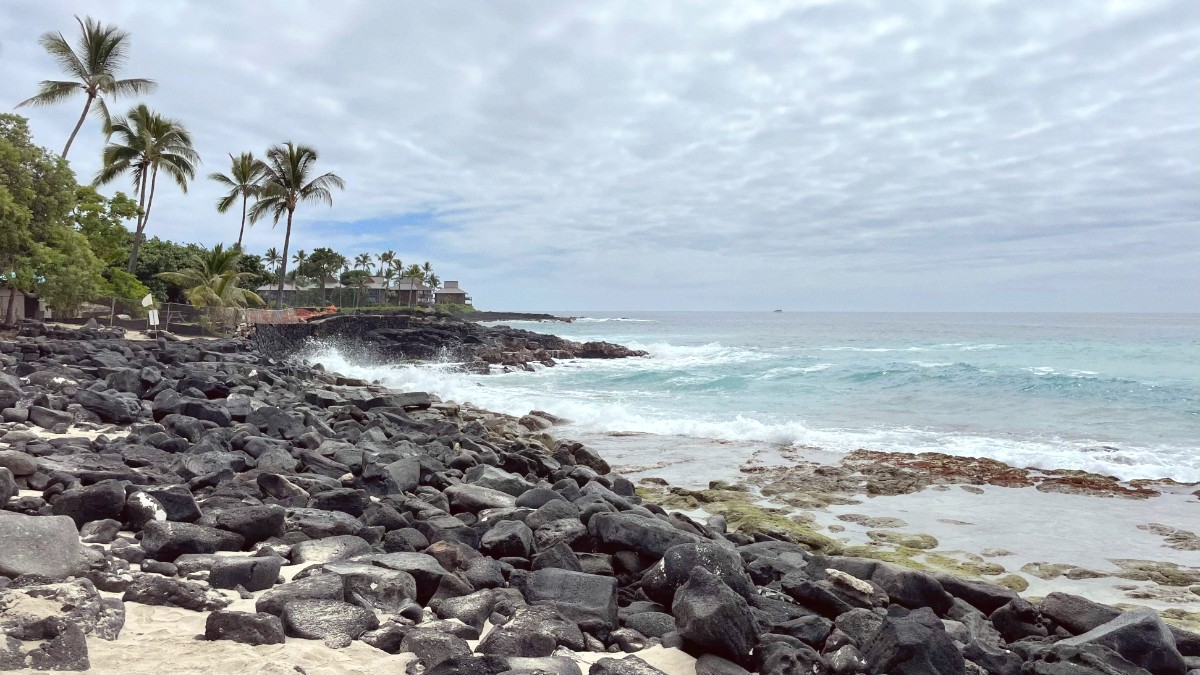
Hawaii, USA
The Hele-On Bus serves as a lifeline for residents, connecting major towns like Kailua-Kona, Hilo, Waimea, and the Volcano area. Service within Kailua-Kona is limited compared to major cities. Routes often run along the main coastal road (Aliʻi Drive) and connect to shopping centers and the airport. The system does not provide extensive coverage within neighborhoods or direct access to many tourist attractions outside of main town centers.
Official route maps and schedules are available on the Hele-On Bus website. This website is your best resource for planning bus travel. Hubs in Kona include Kona International Airport (KOA), Kona Commons Shopping Center, and the Kailua-Kona Public Library area downtown.
Hele-On buses are generally wheelchair accessible, with ramps or lifts to accommodate passengers with mobility needs.
Always consult the official Hele-On website for the most current schedules and any route changes before you travel.
Be patient; buses can sometimes run late. Plan your day around the bus schedule, especially for return trips, as the frequency is low. The Hele-On bus is a budget option mainly for point-to-point travel.
Designated outside KOA baggage claim.
Clearly marked zones at KOA.
Less common to hail on street, call dispatch.
More flexible than public buses, especially for direct routes or late-night travel.
Self-driving offers the most flexibility for exploring the Big Island.
Aliʻi Drive: Main thoroughfare, scenic coastal walk. Flat and walkable for miles. Kona Historic Village: Compact and walkable for shops and attractions like Huliheʻe Palace.
Several local companies offer guided walking tours focusing on Kona's history, coffee heritage, or culinary scene. Self-guided tours are easy with maps and online resources.
Dedicated bike lanes are limited. Cyclists often share roads with vehicles. Aliʻi Drive is popular but traffic can be heavy. Wear a Helmet, use lights, be aware of traffic.
Beyond standard options, some specialized transportation types cater to specific needs or tours.
Avoid walking or cycling on major highways outside of designated shoulders or paths.
Especially at night due to lack of lighting and high speed limits.
Generally not suitable for standard road bikes. May be unsafe for pedestrians.
Due to vehicle traffic and lack of shoulders.
Always prioritize your safety. Adhere to local traffic rules and signage.
Be aware of your surroundings at all times.
While public transit and ride-sharing are options, renting a car truly unlocks the Big Island's vast and diverse landscapes, offering the freedom to explore at your own pace.
Book your rental car well in advance, especially for peak travel seasons.